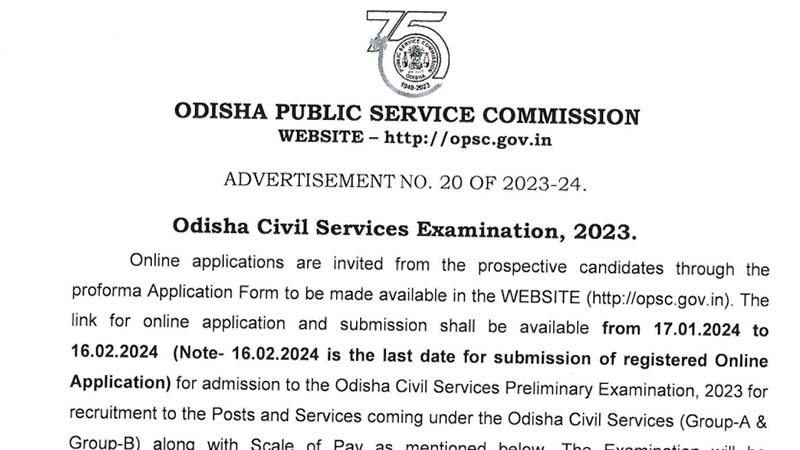Paper-I
Section-A: Political Theory
1. pproaches to the study of political theory: historical, normative and empirical.
2. Theories of state: Liberal, , Marxist, , Post-colonial.
3. State Sovereignty: Monistic and Pluralistic theories; globalisation and the State.
4. Democracy: Democratic theory-classical and contemporary
5. Human Rights:. Theories of Human Rights; Theories of Justice, Equality and Revolution, Political obligation;
6. Theories of Political Culture and Political Economy.
7. Political Ideologies: Nature of Ideology; Liberalism, Socialism, Marxism, Fascism and Gandhism.
8. Theories of Power and Hegemony: Pareto, Mosca, Mitchels, C. Wright Mills, Weber and Gramsci.
9. Indian Political Thought: Manu, Kautilya, M.N. Roy, Gandhi and Ambedkar
10. Western Political Thought: Plato, Aristotle, Machiavelli, Hobbes, Locke, Rousseau, J S Mill, Hegel and Marx, Lenin, and Mao Zedong.
Section-B: Indian Government and Politics
1. Indian Nationalism: Raja Ram Mohan Roy, Dadabhai Naoroji, Tilak, Gandhi, Nehru, Subhas Bose and Ambedkar.
2. Indian freedom struggle : Constitutionalism, Revolutionary movements Non Cooperation,Civil Disobedience and Quit India, Role of women in freedom struggle.
3. Constitutional Development in the pre- Independence Era: Morley-Minto Reforms; Montagu-Chelmsford Reforms;; Government of India Act, 1919 and 1935; and Cripps Mission.
4. Socio- economic dimensions of the nationalist movement: The communal question and the demand for partition; backward caste movements, Trade union and Peasant movements, Civil rights movement.
5. Salient Features of the Indian Constitution: The Preamble, Fundamental Rights and Duties, Directive Principles; federalism, parliamentary system; amending procedures; judicial review.
6. The Executive System: President, Prime Minister and the Council of Ministers; Governor, Chief Minister and the State Council of Ministers. The Bureaucracy.
7. Parliament: -Lok Sabha and Rajya Sabha and Parlimentary Committees.
8. Judiciary: The Supreme Court and the High Courts; Judicial Activism; .
9. Statutory institutions/commissions-UPSC, Election Commission, Comptroller and Auditor General, Backward Classes Commission, National Commission for women; National Human Rights Commission; Minorities Commission.
10. Party System : ideology and social base of parties; fragmentation and regionalization; patterns of coalition politics; trends in electoral behaviour; Pressure groups;.
11. Class, caste, backward class and Dalit movements ; Tribal people’s movements, gender in Indian politics and women’s movements; ethnicity; communalism, and politics of regionalism.
12. Planning and Socio- Economic Development : Role of the Planning Commission; Socio- political dimensions of economic reforms.
13. Local Governance: Panchayati Raj and municipal government; significance of 73rd and 74th Amendements. Women’s empowerment.
14, State Politics in Odisha: Social bases of Odia Nationalism; Freedom Movement and Praja Mandal Movements, in Odisha; Integration of Princely States in Odisha; Coalition Politics, People’s Movement and Women’s Movement.
Paper – II
Section-A: International Politics
1. International System: Evolution; The Modern State and Sovereighn State System
2. Concepts of International politics : Power, balance of power, national interest, collective security.
3. Theories of International politics: Idealist, Realist, Systems, Decision-making and Game Theory.
4. Determinants of foreign policy : Ideology, Domestic compulsions, geopolitics, and global order.
5. Origin and decline of Cold War, New World Order.
6. Major issues of world politics : Cuban Missile Crisis; Vietnam War, Oil Crisis, Collapse of the Soviet Union, Yugoslav Crisis Afghan Crisis, Iraq War,.
7. Non-alignment : Nonaligned Movement; Its relevance in the post cold war era.
8. Disarmament and Arms Control;
9. The evolution of the international economic order-from Bretton woods to WTO, the North-South dimension.
10. UN and its specialized agencies
11. Regional organizations: ASEAN, EU, SAARC
13. Global Concerns :, Human Rights, Ecology, Gender Justice
Section-B: India and the World
1. Indian Foreign Policy : Historical origins, determinants; the institutions of policymaking;continuity and change.
2. The Non-Alignment Movement : India’s Contribution to NAM; Its contemporary relevance.
3. India and the major powers : USA, EU, China, and Russia.
4. India and its neighbours: Pakistan, Sri Lanka, Bangladesh, Nepal.
5. Conflict and co-operation in South and South East Asia : Kashmir, SAARC. ASEAN
6. India’s Nuclear Policy: PNE, NPT,CTBT
7. India and the UN System : India’s role in UN Peace Keeping and global disarmament.
8. India and the international economic order; WTO, IMF, IBRD, Globalization
